

deep insights, facts & figures

Paint manufacturers have gone into this question and produced some interesting results. Gut feeling alone is not the decisive factor
The construction paint manufacturer Caparol (Deutsche Amphibolin-Werke), for instance, commissioned the Institute of International Trendscouting at the University of Applied Sciences and Arts in Hildesheim to investigate how colour trends are created. Practically everyone believes they know what is currently "in" or "out", but hardly anyone asks why one colour combination is particularly popular with consumers and another is not. So Caparol wanted to know the reasons for this. How is a trend created? And which colours will be in demand next? The Institute of International Trendscouting examined the principles behind the trends and established that they are less the result of a gut feeling and rather the sum of a great number of influences that have had an effect on consumers and their buying habits."The perception of changes in the area of colour, structure and surface has so far taken place on an intuitive level. An increased number of enquiries and, at the same time, a lack of well-founded information on the subject have now led us to investigate the accumulated "gut feelings" in a scientific manner and so substantiate them," says Margit Vollmert, director of the Caparol Colour Design Studio.Based on the great variety of information obtained through the trend-scouting process, colour scales were produced and four thematic worlds defined. Here, for example, red, black-brown and gold stand for merit, tradition, the past, slowness and opulence; by contrast, combinations of magenta and green together with opaque white and wood brown are reminiscent of traditional values, while also arousing associations with the exotic, with yearning and distant horizons. This contrasts with strong colours such as orange, bright blue and pink combined with off-white shades for exciting spatial effects. But also feasible is a deep dark blue providing both contrast and tension, in combination with deep purple and a fiery yellow, complemented by a white-veiled olive green and bluish white. Everything is possible, everything is allowed. And so the result is not seldom unexpected and striking.The colour studios of the German manufacturer Brillux are also accumulating similar information. Even if the emphasis here is mainly on the design of facades, concepts for interiors still have an increasingly important role to play. Though it is clear that these are influenced by other trends, such as those from the furniture industry, for instance. The fashion industry also establishes…
Related articles
Read also

 Menü
Menü



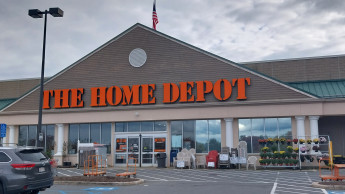
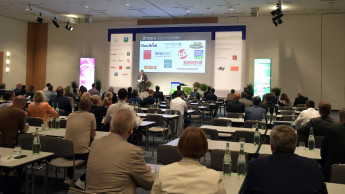
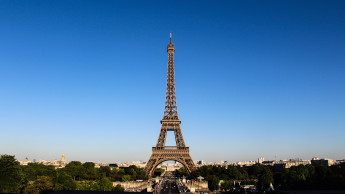



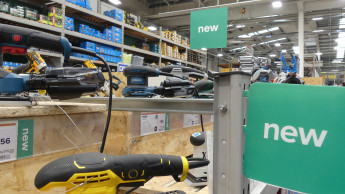
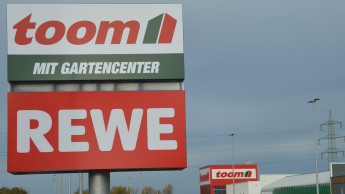

 Newsletter
Newsletter